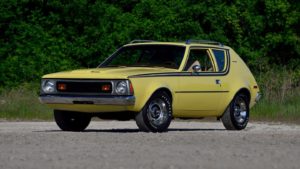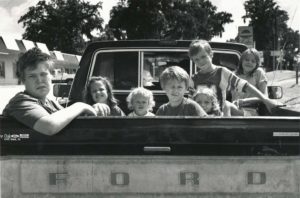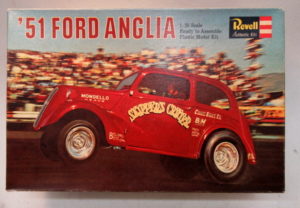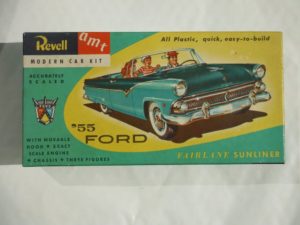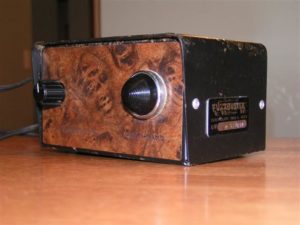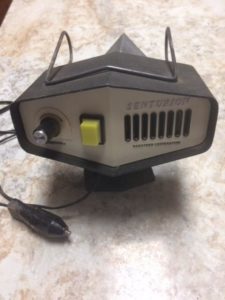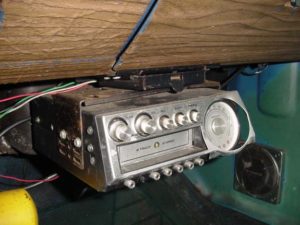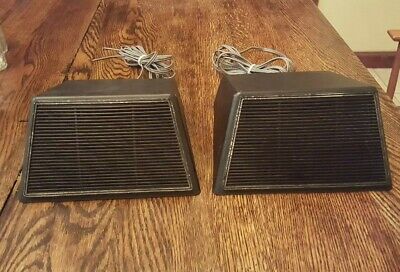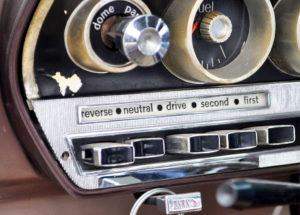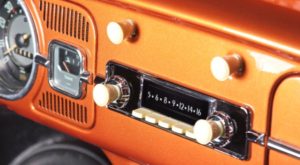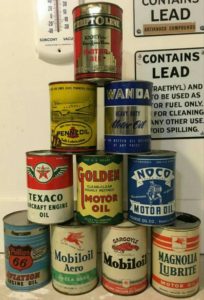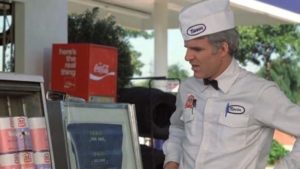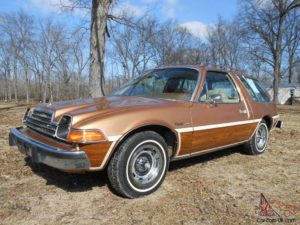
What strange evolution took place among cars during our time. I remember growing up with two kinds of cars running around our streets: the old ones built like boxes, and the newer sleeker ones. But they all had one thing in common: they were BIG! Volkswagens were plentiful, but you didn’t see too many other cars that were small.
Then, in 1973, those blasted Arabs punished the US for its support of Israel. The oil embargo caused prices to triple. Suddenly, bigger was no longer viewed as better.
A forward-thinking auto company called AMC saw a market for a compact car that got good gas mileage. Not wanting to spring too much on its intended American customers, they chose to shorten the wheelbase while maintaining a standard width.
AMC also wanted a futuristic look to the car. And they wanted a powerful, fuel-efficient rotary engine to power it.
Unfortunately, the rotary engine idea had to be scrapped. GM, who was to sell the motors to AMC, suddenly canceled their production. AMC scrambled and came up with a small inline six that wasn’t very powerful.
The car was presented to the public in 1975. They made fun of its squashed bug appearance, but they also bought nearly 150,000 of them. They were a common sight on American roads in the 70’s.
That small engine got good mileage, but was notoriously underpowered. AMC reacted by offering a larger I-6 and a V-8 the next year, but sales never approached that initial promising first year. It was discontinued in 1980.
Many reviled the Pacer, but look for them to become popular as restored retro vehicles in the future. Anything that looked that funky has to make a comeback sooner or later.
